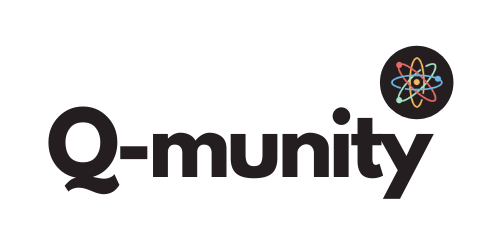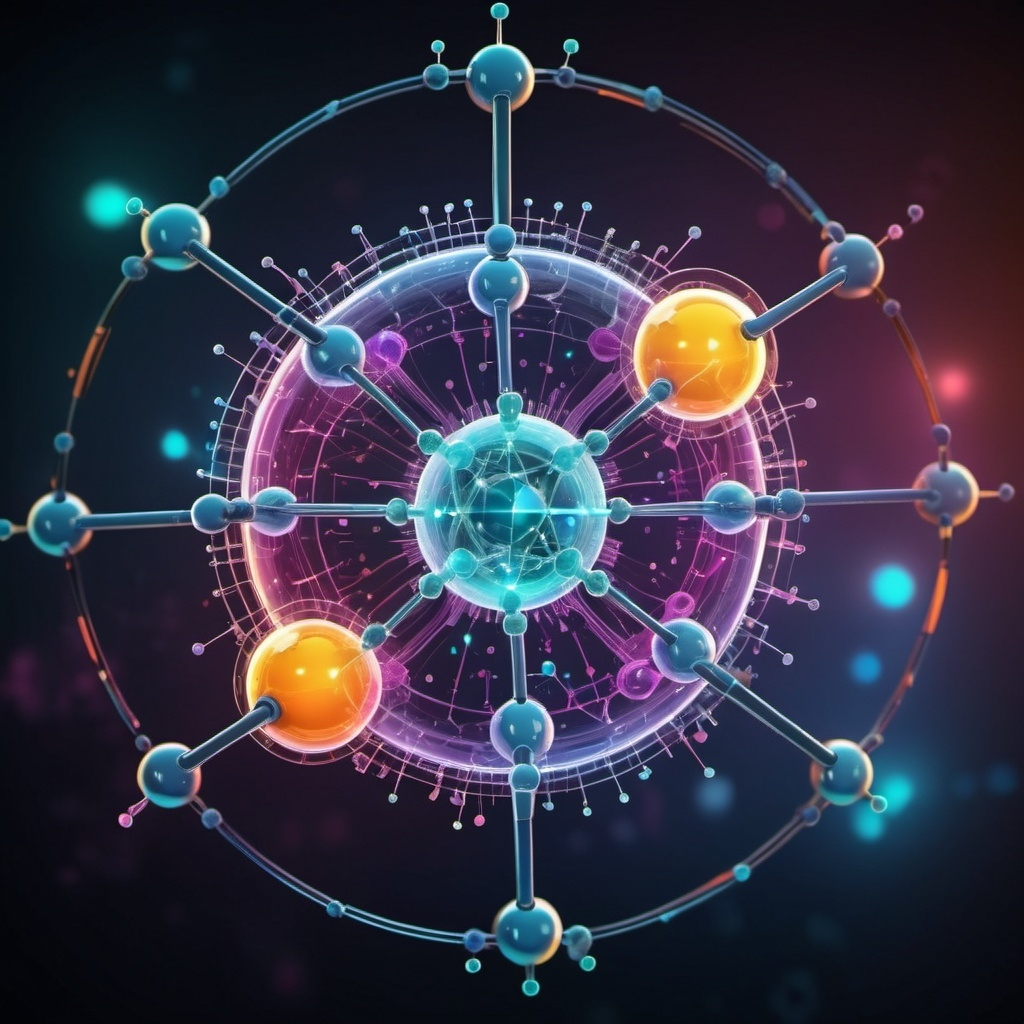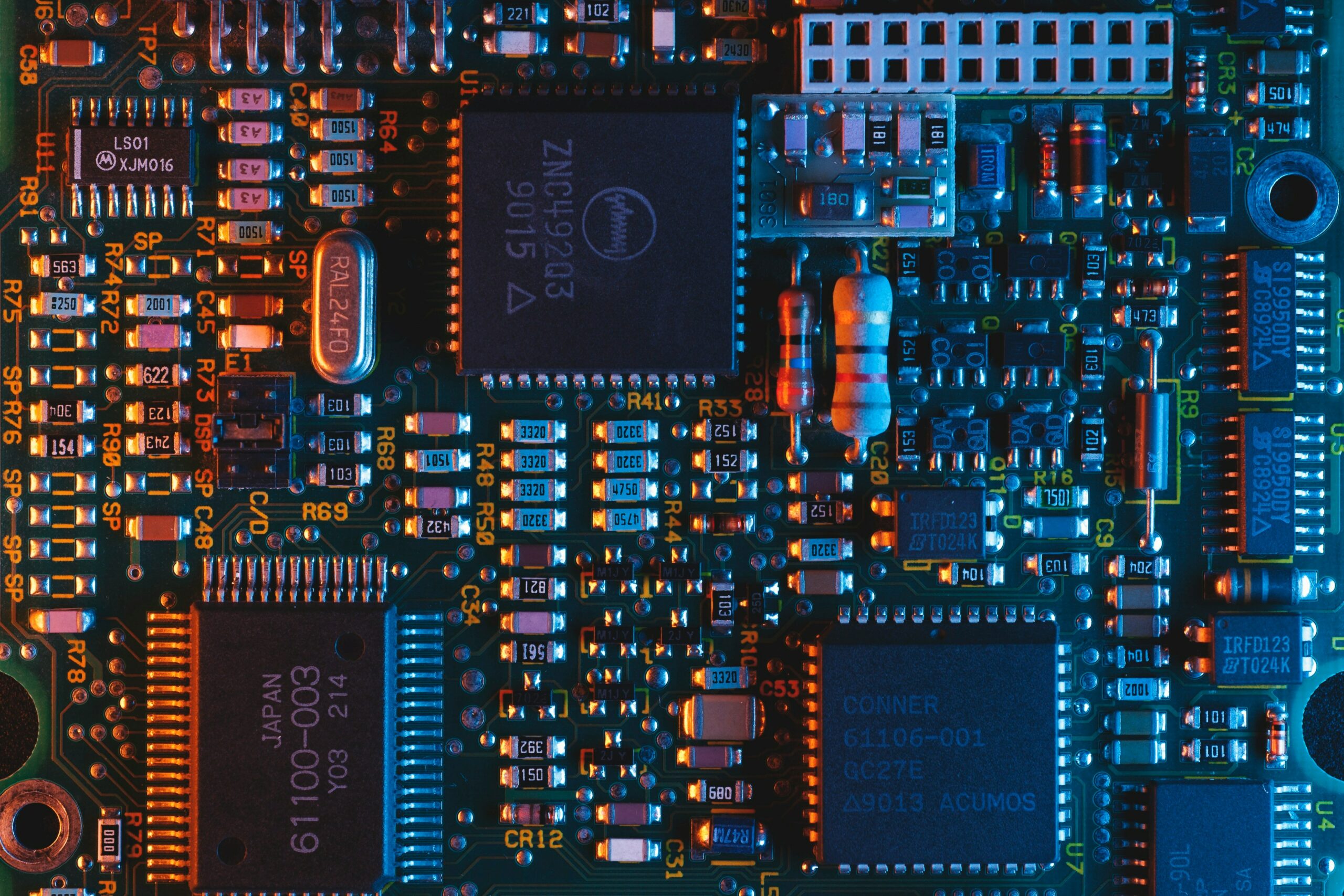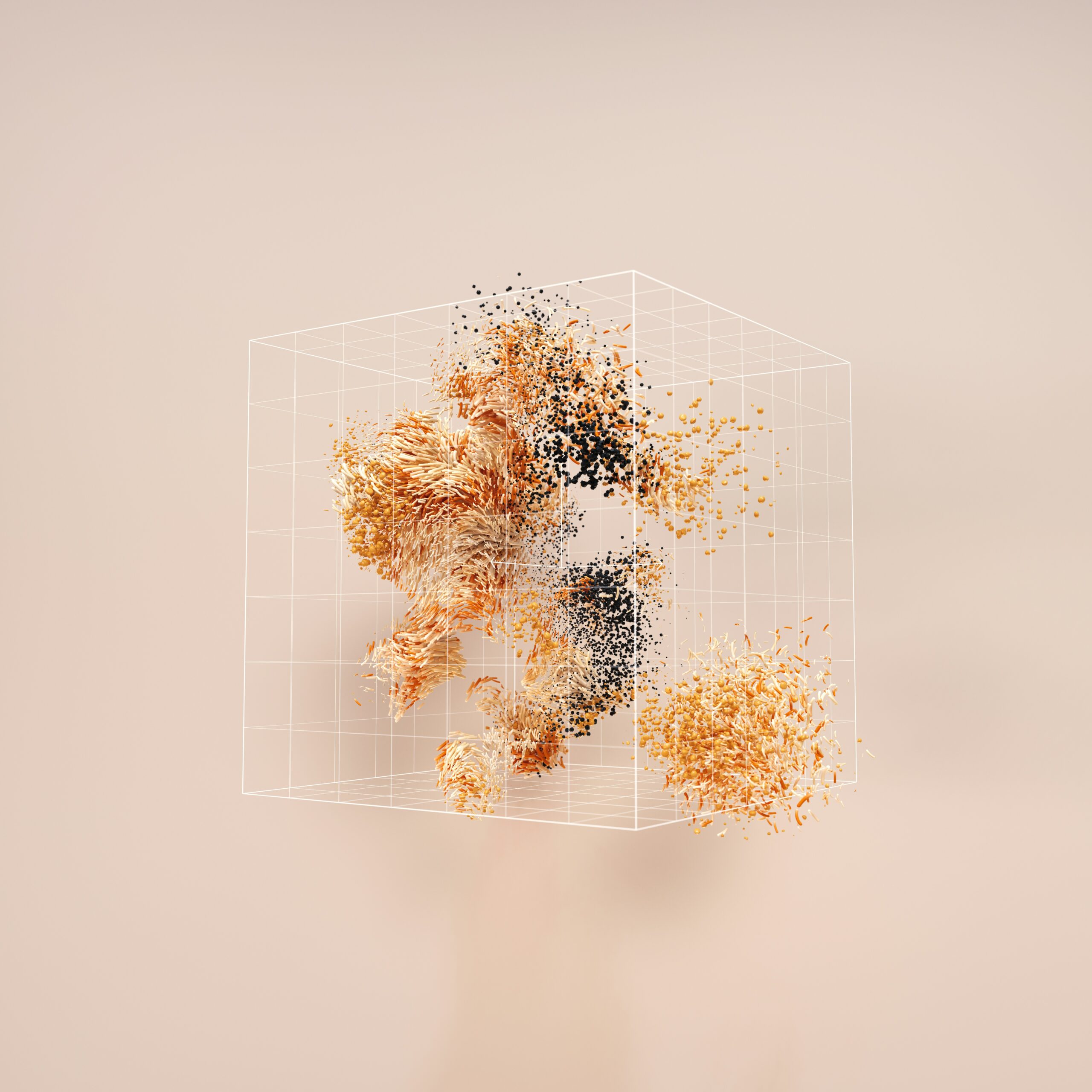In March 2024, Google and XPrize jointly announced a three year-long competition on quantum applications. The $5 million competition challenged researchers to devise quantum computing algorithms capable of solving real-world challenges.
This comes as a response to caution that countless industry professionals have thrown into the wind regarding quantum computing. While the technology’s potential is readily recognized, the hype surrounding it is known to focus on the long term impacts of quantum computing. In reality, the current capabilities of quantum computers are heavily dependent on the effectiveness of quantum error correcting and mitigation methods. Consequently, large scale problems are still out of reach.
As a result, a subset of researchers are focusing on the quantum algorithms that are applicable now: near-term quantum applications.
Why do we need near-term quantum applications?
At the moment, the world is still quite far from reaching a fully fledged quantum computer. Instead, the industry finds itself in the Noisy-Intermediate Scale Quantum (NISQ) era, named for the “noise” that results from the loss of information in qubits due to interactions with the environment and application of operations.
At the moment, several key classes of quantum algorithms and tools have been developed that are closely tied to this field:
- Quantum Error Mitigation Methods – These methods reduce (or mitigate) the noise in quantum computers. While the noise is not completely removed, it can reduce the impact on the final results. Examples include zero-noise extrapolation and probabilistic error cancellation.
- Variational Quantum Algorithms – hybrid algorithms that use classical computers to train a quantum circuit. Parameters can be applied to this circuit to define parts of the problem the algorithm intends to solve.
- Quantum Circuit Compilation – Running a quantum circuit on a quantum computer is not as simple as mimicking the circuit directly. Instead, adjustments may be made to the circuit to reduce the number of gates used, optimize the arrangement of the qubits, and simplify the circuit.
To evaluate how well these methods and algorithms do, researchers oftentimes use benchmarking protocols. This can allow the basic performance of algorithms to be compared, especially since a number of researchers presently rely on classical simulations (as opposed to real quantum hardware) to run their algorithms.
What are near-term quantum applications?
With these tools in hand, researchers naturally are looking for real-world applications of near-term quantum algorithms. IBM released a blog post generalizing the fields, naming high-energy physics, materials science, healthcare and life sciences, and optimization as having the most evident connections to the capabilities of quantum computers.
The alternative approach to representation and computation quantum computers could potentially provide the needed complexity for solving problems in such field. In an IEEE blog article, Dina Genkina highlighted six examples of where quantum computing has been shown to have great potential, including:
- Simulating drug metabolism (crucial for drug development),
- Modeling carbon dioxide sequestration methods (for slowing climate change),
- Optimizing agricultural fertilization approaches,
- Developing alternative battery cathodes (that could be more chemically stable),
- Studying fusion reactions (which, due to the high plasma temperatures, are costly to study experimentally), and
- Improving quantum sensors used to measure magnetic fields (by adding complexity to the measurements being read that classical binary computers are unable to mimic).
What does this mean for quantum education now?
So, what can quantum computing do right now? To develop the necessary capabilities for finding a solution, a strong understanding of computer science, physics, and mathematics is needed.
This is especially true for current students who are hoping to enter the quantum industry as professionals. After all, almost all near-term quantum algorithms can not be isolated from their physical implications. Mathematical theory is only part of the journey.
Nonetheless, the future for quantum computing continues to take shape, made possible by near-term quantum applications.







